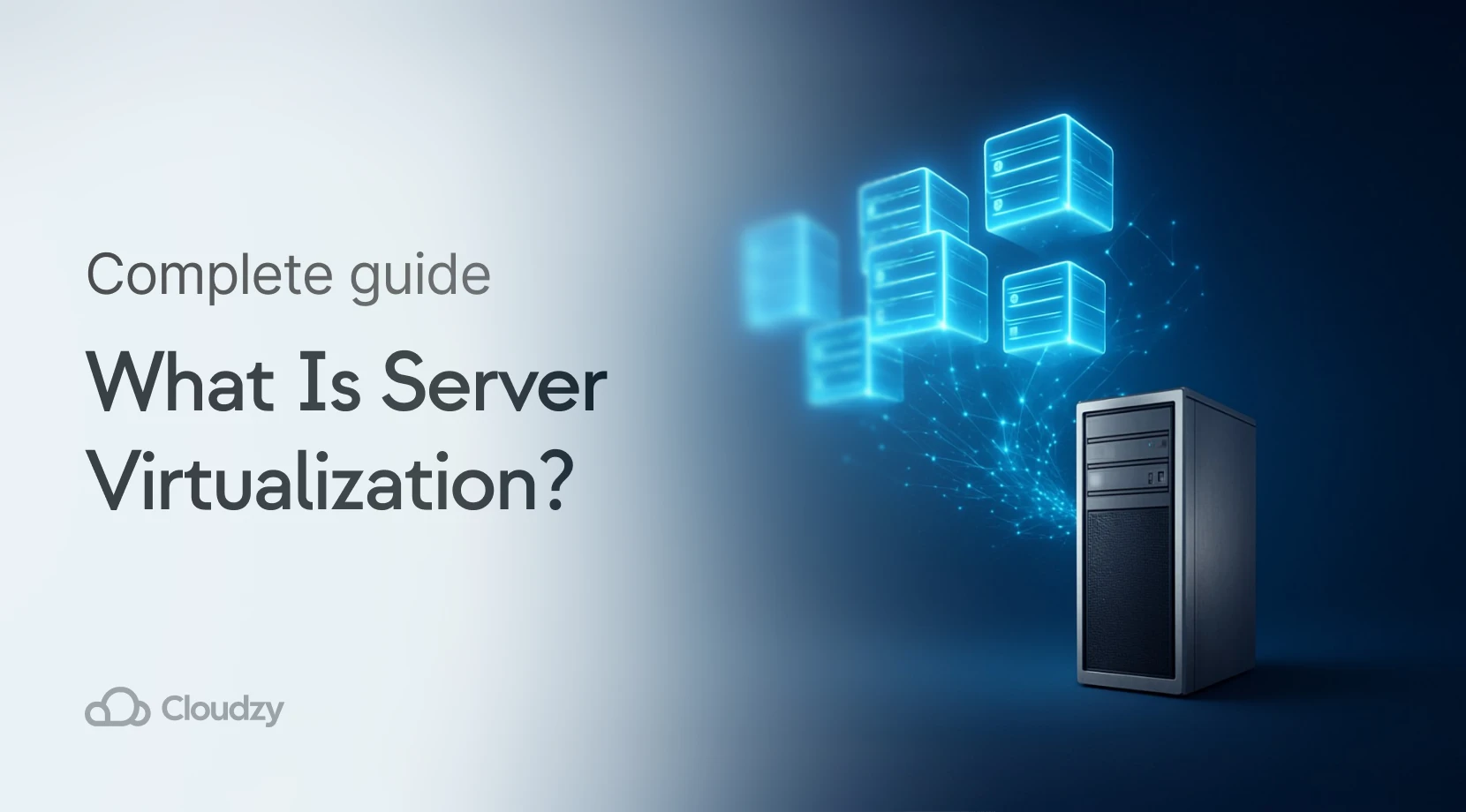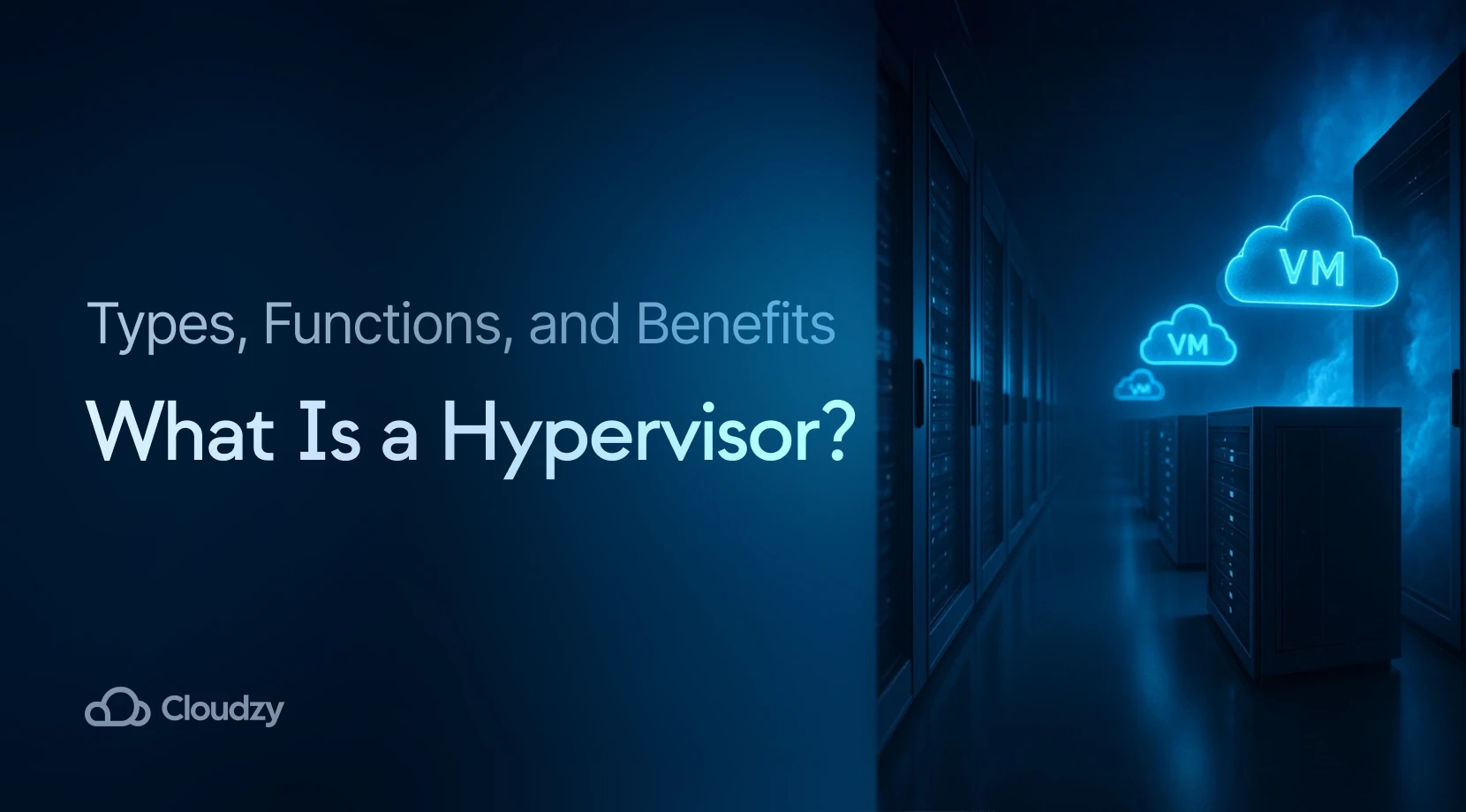Serverless vs. VPS arguments are one of the most frequent topics I cover. CTOs run through backend hosting options like a checklist, weighing the cost of serverless vs. VPS, debating scalability VPS vs. serverless projections, and asking, almost rhetorically, when to use serverless without triggering serverless cold starts in production. I have felt the pressure first‑hand: pick wrong today, and you are refactoring a VPS for API backend six months later. Let’s make that choice with data instead of hunches.
Quick Definitions: What Is Serverless (FaaS) and What Is a VPS?
Serverless in one breath
Function as a Service (FaaS) lets you ship snippets of code that spin up on demand, bill by the millisecond, and vanish once the job is done. These stateless serverless functions connect to an API gateway, event streams, or schedulers. The upside is freedom from OS maintenance; the downside is the ever‑present serverless cold starts that add latency to the first hit.
VPS in one breath
A Virtual Private Server carves out a slice of a physical host, hands you root, and stays online almost 24 / 7 (at least ours do, with a 99.95% uptime guarantee). You pick kernels, tweak sysctl, and run containers or monoliths on a predictable address—classic, reliable, and favored by teams that lean on control VPS vs serverless granularity.
Core Architectural Differences for Backend Applications
Picture a backend stack as a three‑gear drivetrain: State is the cargo; imagine strapping every byte to the roof like an over-packed van when you ride with a VPS or dropping that weight at roadside warehouses so the car stays nimble when you go Serverless. Process lifetime becomes the engine idle; some stacks rumble all night like a long haul truck, and others wake on demand like a rideshare scooter waiting for its next ping. Ops burden is the maintenance crew; you can change the oil yourself at dawn or pay a pit stop team that swaps parts while you grab a coffee. Keep these three gears in mind as we move through real examples because they shape how each choice feels once traffic arrives.
State:
- Serverless: encourages stateless design; keeps data in external stores such as DynamoDB or PostgreSQL.
- VPS: can handle stateful applications on VPS, including in‑memory caches and long‑running daemons.
Process lifetime:
- Serverless: ephemeral by design; execution ends as soon as the handler finishes.
- VPS: processes persist, so background jobs, WebSocket hubs, and streaming servers stay warm.
Ops burden:
- Serverless: The provider patches kernels; you monitor function timeouts and serverless cold starts instead.
- VPS: you handle patches, firewalls, and disk management, trading labor for absolute control VPS vs. serverless reality.
When deciding on the best way to host microservices, developers in 2025 must consider the distinct differences between VPS and serverless options, as these contrasts significantly influence deployment strategies.
Performance Deep Dive: Latency, Cold Starts vs. Always‑On
Latency charts drive the performance of serverless vs. VPS conversation.
- Cold path: 150ms–800ms extra from serverless cold starts after idle periods.
- Warm path: nearly identical once functions stay hot.
- Throughput ceiling: FaaS concurrency limits, whereas a tuned VPS for API backend can push 30k RPS with proper sockets.
In short, performance serverless vs. VPS differences appear in tail latency more than averages: a detail to flag whenever you weigh when to use serverless.
Scalability: Auto‑Scaling Serverless vs. Manual/Scripted VPS Scaling
Auto‑scale headlines often steal the show, but look closer:
- Serverless automatically scales functions per request, so scalability graphs favor FaaS during traffic spikes. No alarms to silence at 3 AM.
- VPS scaling relies on horizontal cluster scripts or managed orchestration. You dial in metrics, then spin new nodes or resize droplets. Still, careful prep lets scalability stories swing back toward VPS for steady‑state workloads.
I keep a small cloud VPS cluster running all day; Kubernetes HPA kicks in at 70% CPU, matching most bursts within 60 seconds, fast enough for APIs that need consistent median latency.
Cost Models Unpacked: Pay‑Per‑Invocation vs. Fixed/Tiered VPS Pricing
A one‑off example shows how the cost of serverless vs. VPS shifts with load:
| Metric | Serverless | VPS |
| Billing unit | Request × duration | Monthly instance |
| Idle cost | $0 | Full price |
| Small REST API | ~$25 | ~$15 |
| Spiky AI workload | ~$300 | ~$220 |
Light workloads love FaaS; predictable tasks—think VPS for API backend telemetry—often tilt toward VPS. Always run your own calculator before finalizing the costs.
Development & Deployment Complexity: Which Is Easier to Manage?
CI‑Driven Workflow
Modern frameworks such as SST or Serverless Framework wrap your functions inside a single npm run deploy step and wire up CI runners so every commit on main lands in production minutes later. That ease hides a maze of moving parts: you still map IAM roles for each function, name your API Gateway routes and version environment variables. Picture a fintech startup that processes bursty webhook traffic; their CI pipeline packages TypeScript Lambdas, runs unit tests in GitHub Actions, and then tags an artifact for deployment. The pipeline throttles automatically if a pull request breaks tests, protecting live endpoints without any late‑night SSH sessions.
SSH‑Driven Workflow
With a VPS for API backend the path is more tactile. I log in, git pull, restart the systemd service, and tail logs in real-time. That immediacy feels liberating during an incident—when cached JSON blobs misbehave, I can hot‑patch and roll back in seconds. The trade is ongoing diligence: unattended upgrades, firewall policies, and cloud access management scripts must be scheduled, or they will bite you. One e‑commerce client learned this after a forgotten Ubuntu patch left an outdated OpenSSL library exposed; we spent a weekend baptizing servers with fresh AMIs—maintenance a FaaS provider would have handled silently.
I still prototype on FaaS because deployment friction is almost zero. Once traffic settles into a predictable 200 RPS rhythm, I spin up a small autoscaled cloud VPS cluster, containerize the heaviest endpoints, and keep the Functions for sporadic cron‑like jobs. That hybrid path keeps control where it matters without rewriting the stack twice.
Control & Customization: The Flexibility of VPS vs. Managed Serverless
No surprises here: the dial turns heavily toward VPS.
- Need custom NGINX modules, GStreamer builds, or GPU drivers? A cloud VPS gives you full sudo freedom.
- On FaaS, you wait for the provider to add layers or rely on container images with strict timeouts, limiting microservices‘ flexibility.
- Security posture differs too: control often revolves around file system access, outbound sockets, and kernel tweaks.
For many regulated workloads, the audit trail demands that level of visibility.
Use Cases: Ideal Scenarios for Serverless Backends
When to use serverless shines under bursty, event‑driven workloads:
- Real‑time image thumbnails triggered by S3 events
- Webhook fan‑outs that sleep most of the day
- Lightweight auth endpoints that register milliseconds per call
I often coach startups to keep MVPs in Functions until they hit steady traffic. Their focus stays on product logic while serverless cold starts remain tolerable.
Knowing when to use serverless often comes down to those truth‑in‑numbers dashboards you keep during beta launches.
Use Cases: When a VPS Backend Still Reigns Supreme
A VPS for API backend still rules in scenarios like:
- Persistent WebSocket chat servers
- Low‑latency trading engines where performance differences exceed SLA boundaries
- Stateful batch workers that cache gigabytes of data
Here, arguments are less academic and more existential: you need that socket open, full stop.
Hybrid Approaches: Combining Serverless and VPS
The smartest 2025 cloud architectures rarely pick a side. They blend microservices hosting VPS serverless stacks:
- Keep API edge handlers in Functions for elasticity.
- Route heavy crunching to a container pool on a cloud VPS.
- Share auth tokens via a central Redis instance; I wrote about this in our piece on the uses of cloud computing.
This pattern balances scalability trade‑offs and caps the monthly bill.
Bringing It All Together
Picking between serverless and VPS is less about hype and more about matching traffic shape, latency tolerance, and budget forecasts. I have seen both succeed, often in the very same product.
If you want a second pair of eyes on your design, reach out—our solutions team loves nerding out about backend hosting options. We can walk through the precise cost for your workload and sketch a migration path.
Contact our solutions team to discuss your architecture and keep your next release on track.




One thought on “Serverless vs. VPS for Backend Hosting: A 2025 Developer’s Guide”
The cold start issue with serverless is often overlooked in discussions. A VPS might offer more upfront costs, but having consistent performance and control can be a game-changer for mission-critical applications. How do you balance these trade-offs in a production environment?